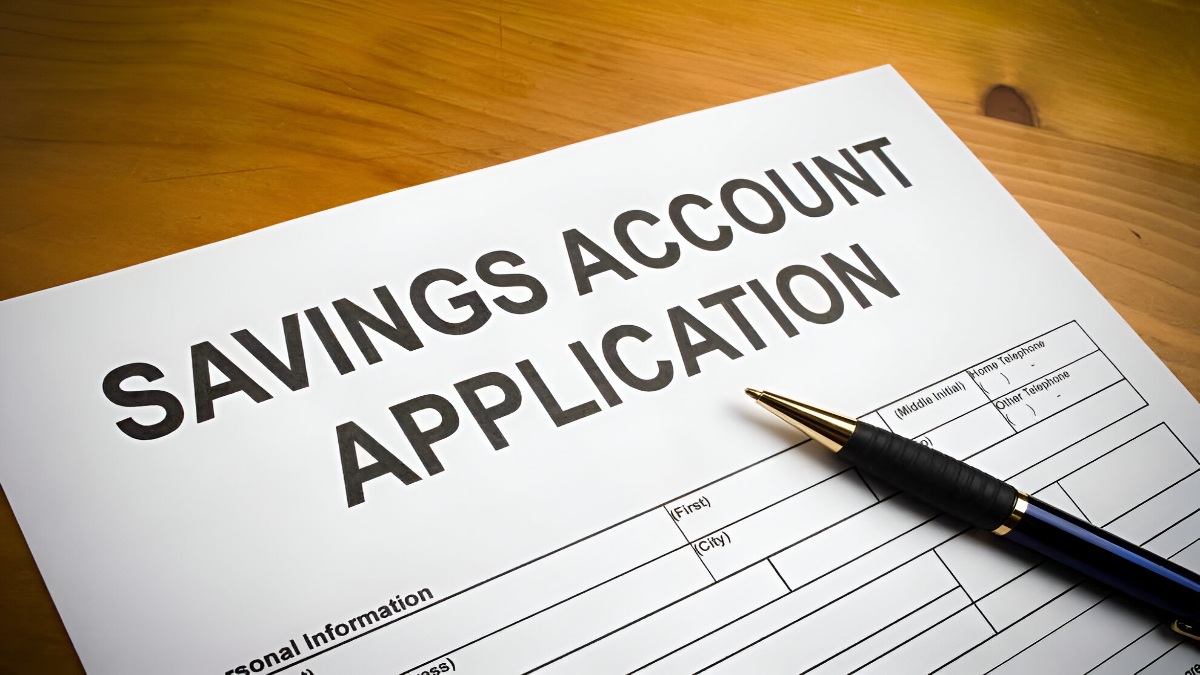COVID-19 May Drive Bank Slippages To Rs 5.5 Trillion: India Ratings
COVID-19 May Drive Bank Slippages To Rs 5.5 Trillion, India Ratings (Ind-Ra) has said. "Banks faced elevated provisions resulting from the corporate stress cycle over FY16-FY20 and as per Ind-Ra's estimates, banks had largely provided for the existing corporate stress and were progressing towards a more moderated credit cost cycle. However, the COVID-19 related measures are likely to result in another cycle of stress. Additionally, the pressure on non-corporate segments, which was already visible pre-COVID-19, is likely to intensify. Hence, as per Ind-Ra's analysis, COVID-19 may drive total slippages of up to INR5.5 trillion (5.7%) in Ind-Ra's post COVID-19 stress case," the rating agency has noted.

With a significant drop in the economic activity, Ind-Ra expects most sectors in India to experience varying degrees of revenue contraction during FY21, due to demand and supply disruptions. This presents fresh challenges for banks which over the last four years have been reeling under corporate stress.
Corporate Slippages of INR3.4 trillion in FY21
Based on Ind-Ra's vulnerability framework and corporate stress analysis of 30,000 corporates, the total corporate standard-but-stressed corporate pool may increase from 3.8% of the total bank credit as of December (pre-COVID-19 levels) 2019 to up to 6.6% under Ind-Ra's post COVID-19 corporate stress case. The incremental stress is mainly from sectors including power, infrastructure, constructions, hospitality, iron & steel, telecom and realty. Out of this, the agency estimates corporates exposures of up to 3.2% of total bank credit are at a high risk of slippage.
Furthermore, the agency assessed the top 500 debt-heavy corporates (over 70% of corporate credit) spread across 35 sectors. As per Ind-Ra's analysis, the discretionary consumer segment is likely to have a deep 'U' shaped recovery with recovery beginning in 1QFY22 than other three segments 'essential, steady state & acyclical sectors', 'non-discretionary consumer goods & critical infrastructure' and 'industrial goods & services and cyclical sectors' which are likely to recover at some points in FY21.































